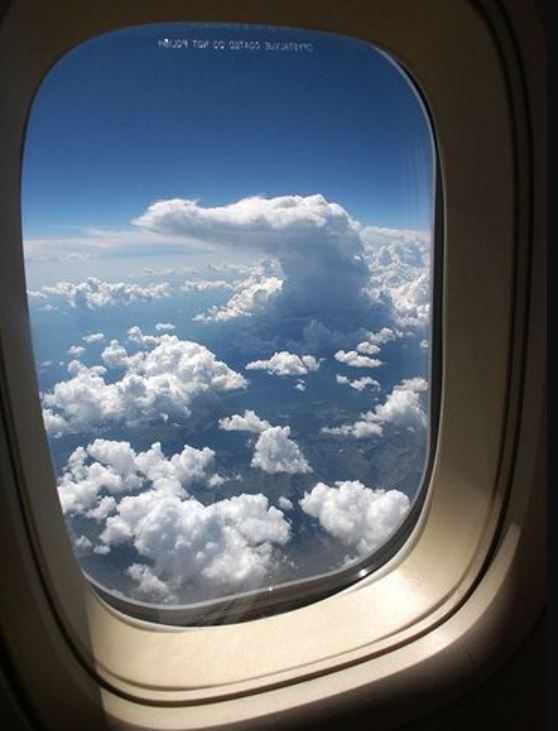
Have you ever noticed the small hole located at the bottom of an airplane window?
This isn't there for decoration; its significance goes beyond mere aesthetics. Instead, it plays an important safety role in helping to keep passengers safe.
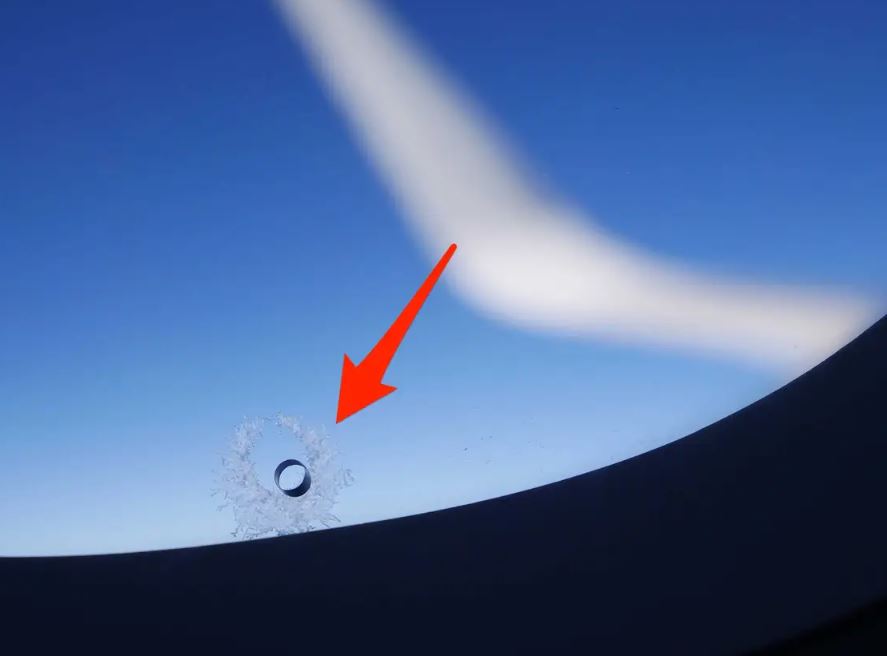
The key to understanding its importance lies in the concept of air pressure.
As airplanes ascend to higher altitudes, the air pressure decreases, leading to lower oxygen levels that can make passengers feel ill and short of breath.
At a cruising altitude of 35,000 feet, the air pressure outside the aircraft is so low that prolonged exposure to it would cause passengers to lose consciousness. Therefore, a plane's cabin must be pressurized to a much greater level than the outside air.
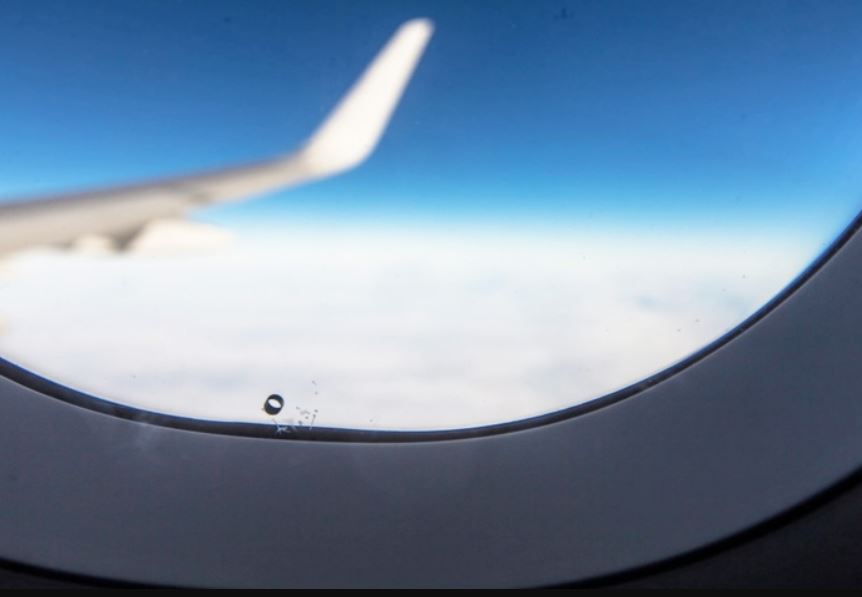
This is where the small "bleed" or "breather" holes come into play. They serve the essential function of equalizing the pressure differential between the cabin and the airspace surrounding the airplane.
If you examine your airplane window closely, you'll notice that it's not composed of one durable pane but three. According to Mark Vanhoenacker, a British Airways pilot who contributes to Slate, the innermost pane primarily protects the second and third panes, which are designed to withstand the pressure difference between the cabin and the sky. The presence of the bleed hole allows pressure to be balanced between the cabin and the gap between the panes.
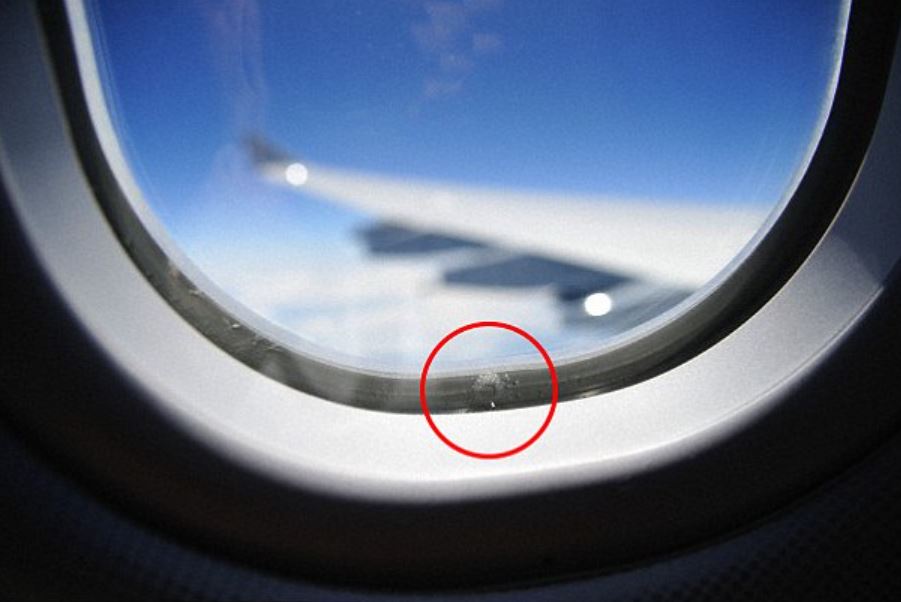
Additionally, the tiny holes in the plane window not only help balance the pressure between the cabin and the air gap but also aid in releasing moisture and preventing frost or condensation from blocking your view.
The existence and functions of these window holes have sparked discussions and inquiries among passengers.
One person said: Scratches are stress raisers and could cause cracks, that is why the inner pane is there to prevent passengers from touching the outer pane. The tiny hole in the inner pane is to equalize pressure between the air trapped between the inner and outer panes.
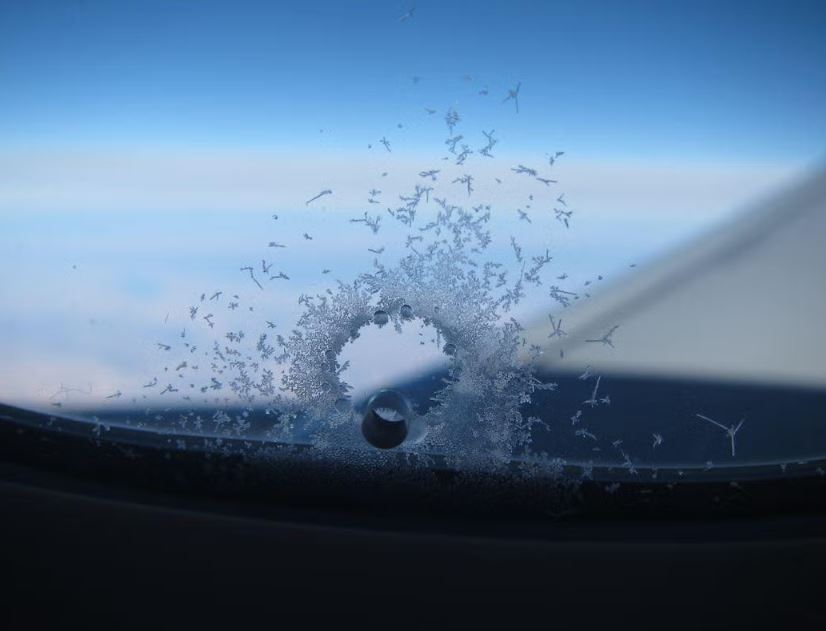
A second wrote: The outer window is the only thing holding pressure, it's a structural part of the pressure vessel of the plane so cannot be "double glazed". The inner pane is simply a sheet of plastic that keeps the passenger from touching the glass itself, which could be VERY cold, as low as -40C. The hole in the inner pane simply allows the space between the two to be at cabin pressure.
Someone else said: Pressure equalization. Also, the venting of air through the holes allows for warmer cabin air to keep the window clear because otherwise, it would freeze in frostover. The cabin is pressured positively using a compressor and very small amounts of air actually leak out. This is a design intention that releases and prevents material stress shortening the lifespan of the material.






